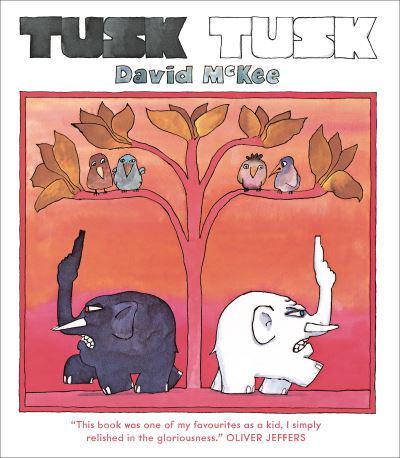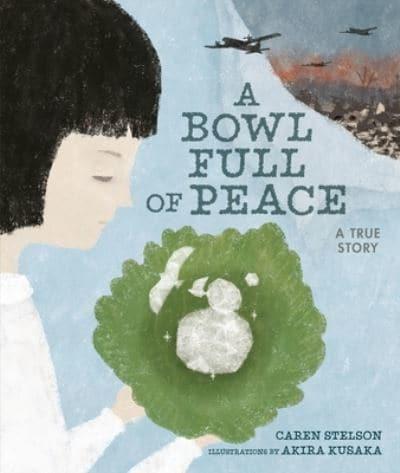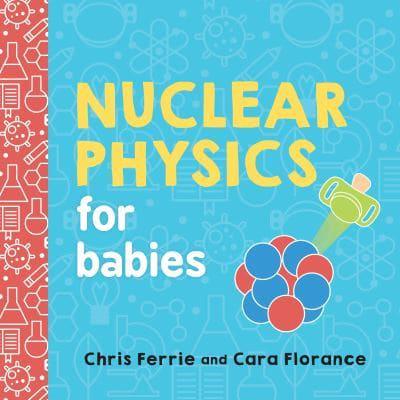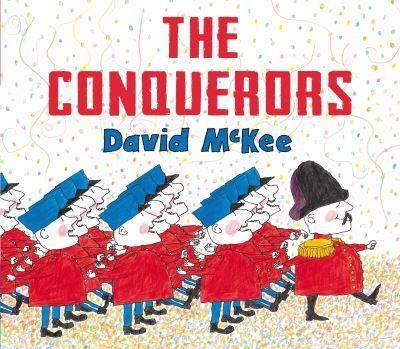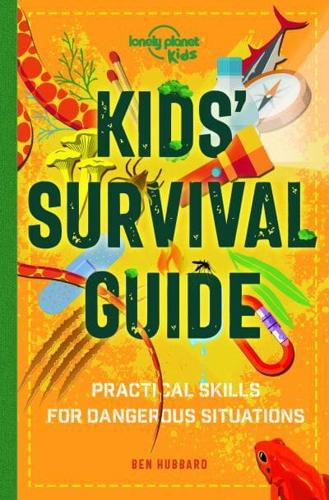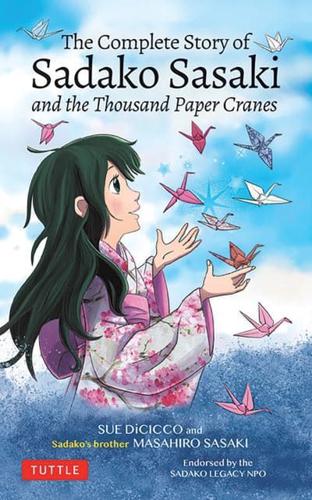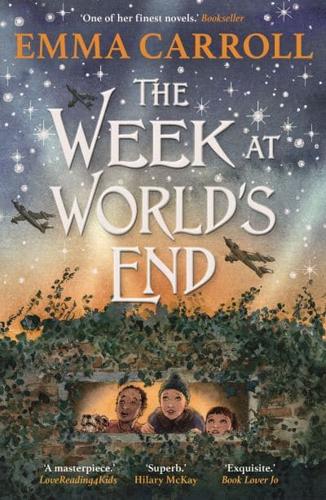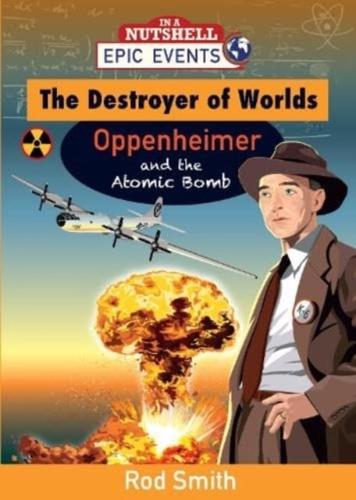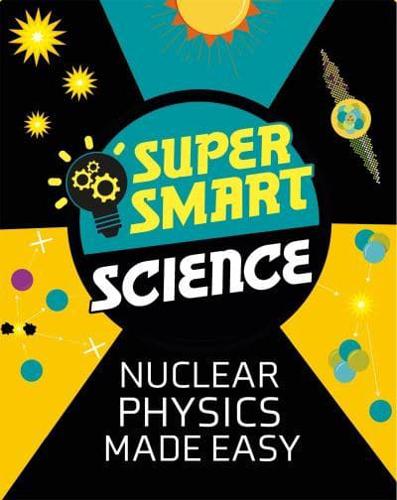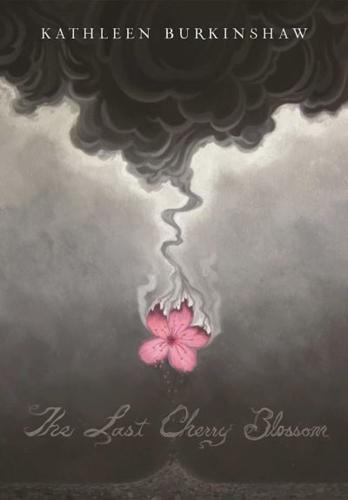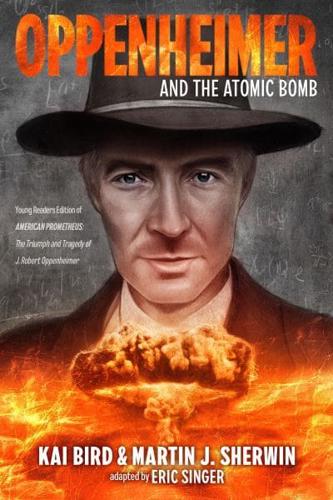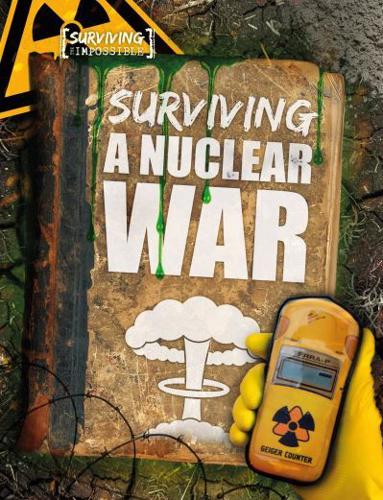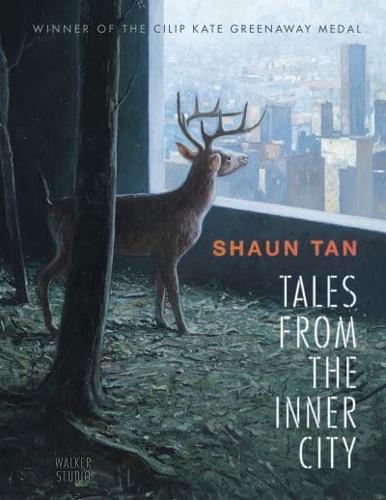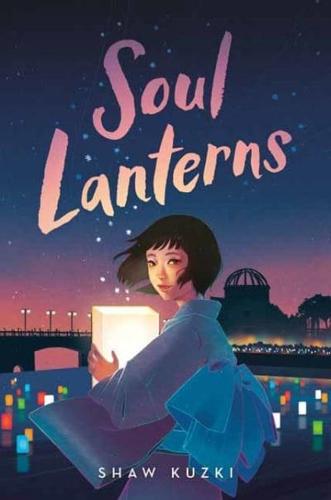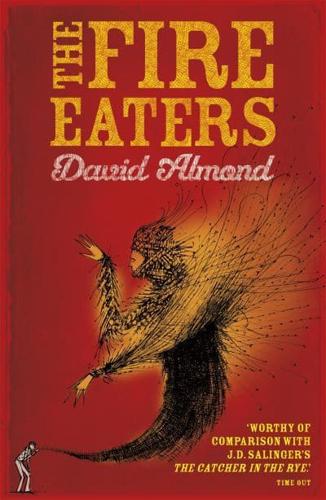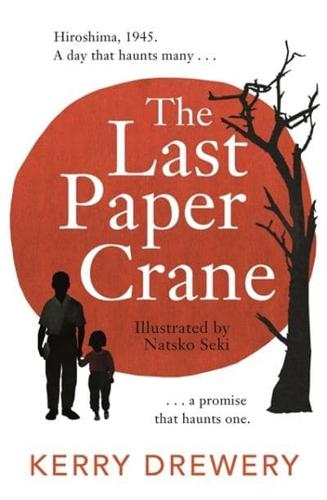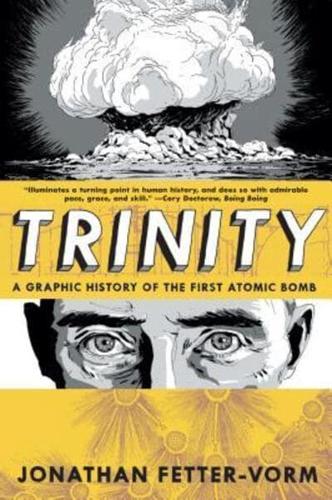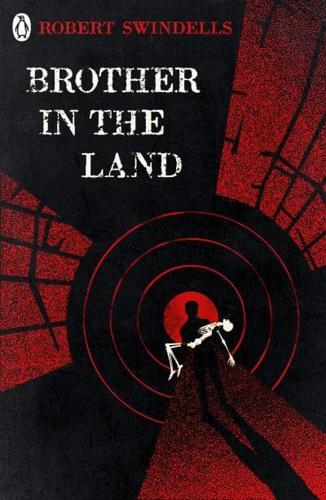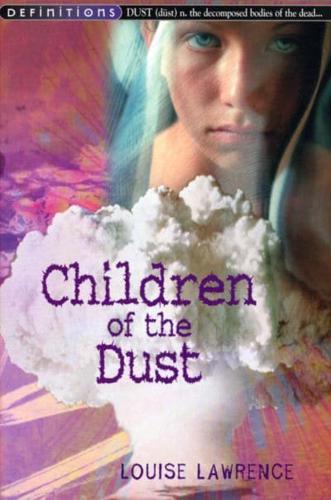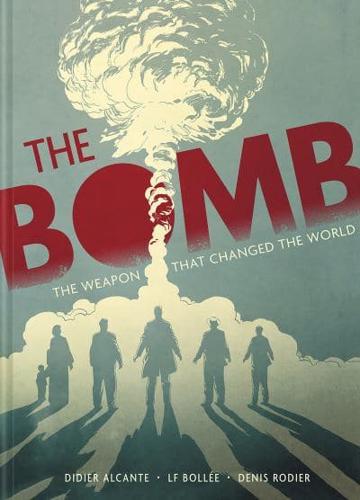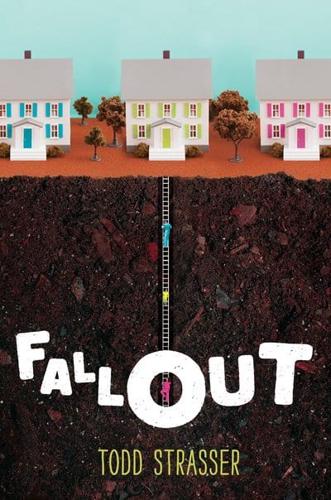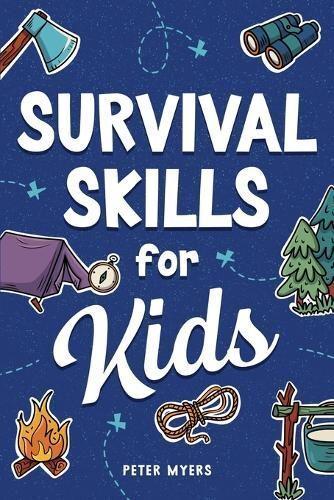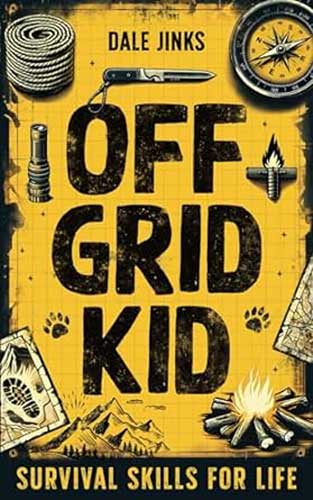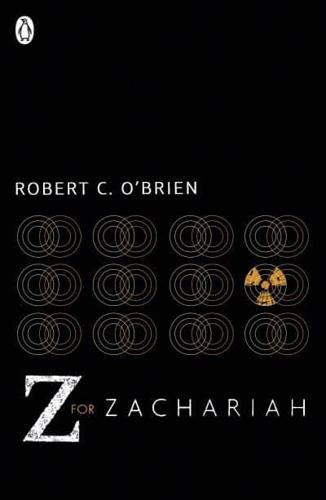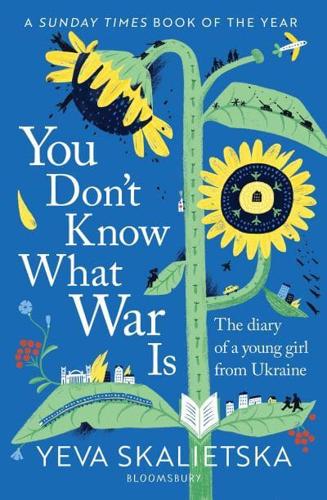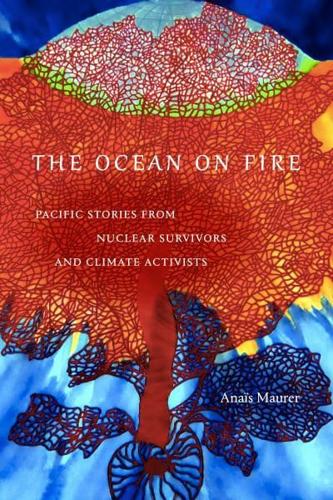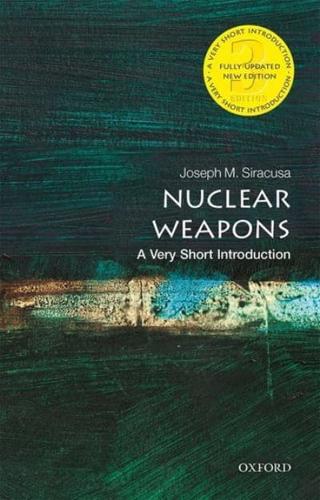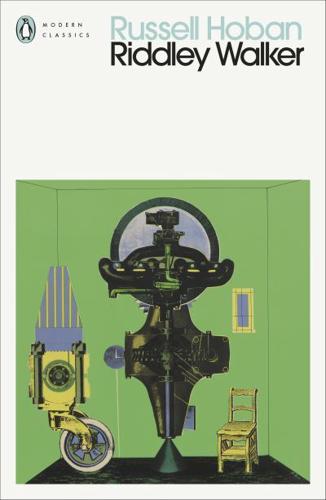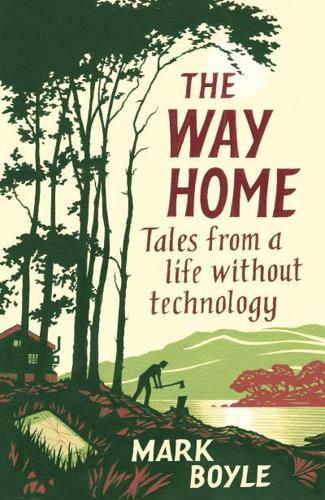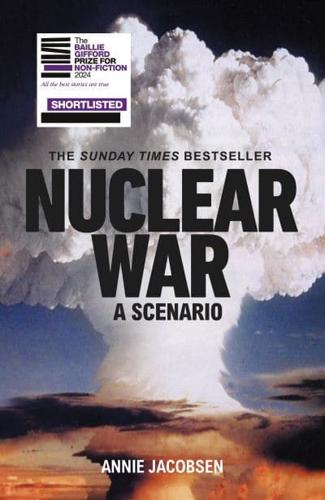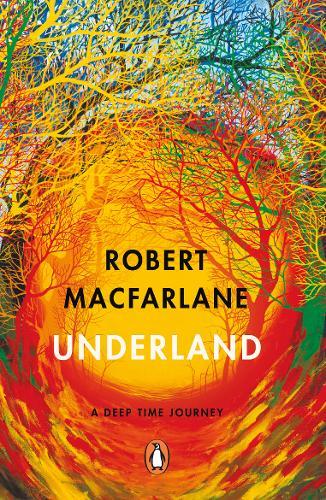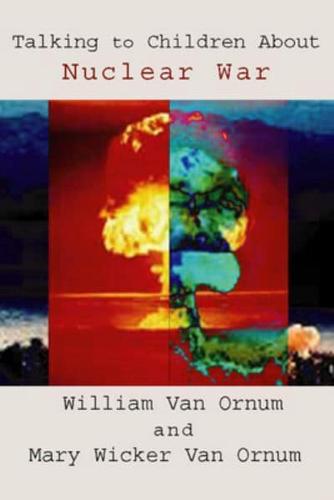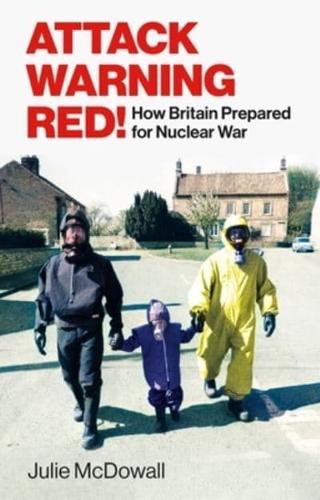Nuclear war and survival books for children and teens
Nuclear war and survival books for children and teens. This list contains 30+ titles, to help children, teens, parents, and teachers talk about and explore the threat of nuclear war and discuss fears, facts, misinformation, history, survival, misconceptions, different viewpoints and current affairs. This list features books by Sandra Moore, David McKee, Emma Carroll, David Almond, Kerry Drewery, Robert Swindells, Kathleen Burkinshaw, Todd Strasser, Judith Loske, Raymond Briggs, Nevil Shute and Annie Jacobsen.
Nuclear war and survival books for children and teens – our recommendations
Children’s books about nuclear war and survival
Tusk Tusk by David McKee
An outstanding picture book, suitable for reading with KS1 and discussion with KS2 that depicts two races of warring elephants. This is an invaluable book to help teach children about diversity, reconciliation, and the effects of history. There’s also a politically realistic twist at the end.
A Bowl Full of Peace by Caren Stelson, illustrated by Arika Kusaka
A Bowl Full of Peace by Caren Stelson tells the powerful story of Sachiko Yasui, a survivor of the Nagasaki atomic bombing. Amid the devastation, her family’s serving bowl, found unbroken in the rubble, becomes a moving symbol of resilience and remembrance. Told with simple text and brought to life by Arika Kusaka’s textured illustrations, the book gently introduces children to themes of wartime loss and hope. It’s a heartfelt call to reflect on peace and its lasting importance.
The Peace Tree from Hiroshima by Sandra Moore, illustrated by Kazumi Wilds
Sandra Moore’s The Peace Tree from Hiroshima tells the remarkable story of a 400-year-old bonsai tree that survived the Hiroshima bombing. Passed down through generations of the Yamaki family, the tree withstood war and destruction before being gifted to the United States in 1976 as a symbol of friendship. Told from the tree’s perspective, this beautifully crafted book introduces young readers to Japanese culture, the resilience of nature, and a timeless message of peace.
Nuclear Physics for Babies by Chris Ferrie and Cara Florance
Chris Ferrie and Cara Florance’s Nuclear Physics for Babies makes atomic nuclei and nuclear decay easy to grasp—even for the littlest learners. Part of the Baby University series, it uses simple language and bright, playful illustrations to explain complex science. Co-written by experts in physics and biochemistry, it’s perfect for sparking early curiosity in science while giving parents a fun, engaging way to share learning with their children.
The Conquerors by David McKee
When an all-conquering general is left with only one country in the world left to take over, something very strange happens once his army marches in. A simple but effective moral tale that will provoke discussion about power, control, bullying, and authority in both KS1 and KS2 PSHE lessons.
Kids Survival Guide by Ben Hubbard
Ben Hubbard’s Kids Survival Guide, part of the Lonely Planet Kids series, offers practical tips for navigating forests, deserts, and cities. From map reading and building shelters to basic first aid, it’s packed with survival skills tailored to different environments. With fun infographics, the guide teaches young adventurers how to handle challenges like escaping quicksand or avoiding wildlife. This hands-on resource helps kids build confidence and resilience in any adventurous situation.
The Complete Story of Sadako Sasaki by Sue DiCicco and Masahiro Sasaki
This emotive illustrated book tells the moving story of Sadako, a young girl from Hiroshima who developed leukaemia after the atomic bomb. With new illustrations and personal family photos, the book follows Sadako’s brave fight against illness and her hope that folding 1,000 paper cranes would make her wish for health come true. Her story inspired peace efforts and made the origami crane a global symbol of hope. Proceeds support The Sadako Legacy and The Peace Crane Project.
The Week at World’s End by Emma Carroll
It’s October 1962, and the world is on a knife-edge. Set during the Cuban Missile Crisis, schoolchildren Stevie and Ray wonder if the world is on the verge of ending. Added to that, a strange runaway girl has turned up in Stevie’s coal shed, and loyalties are tested. Who is she? Why is she on the run? Can she be trusted? A mesmerising historical novel that will in equal measure grip, stun and surprise readers in upper KS2. Read our full review.
The Destroyer of Worlds: Oppenheimer and the Atomic Bomb by Rod Smith
This young reader-friendly retelling of J. Robert Oppenheimer’s life looks at the physicist known as the “Father of the Atomic Bomb.” The book explores his role in the Manhattan Project, the creation of the atomic bomb, and his later efforts to prevent nuclear war. Smith balances this heavy topic with a focus on peaceful conflict resolution, while also highlighting the activism of Hibakusha (Hiroshima and Nagasaki survivors). Colourful illustrations and educational tools like a glossary, quiz, and timeline encourage reflection on this pivotal moment in history.
Nuclear Physics Made Easy by Super Smart Science
Nuclear Physics Made Easy introduces young readers to the basics of nuclear physics, from atoms and nuclei to radioactivity. With clear illustrations and everyday examples, it breaks down complex concepts for children aged 11 and up. Written by physicist Matthew Bluteau, the book makes the subject approachable and fun for curious minds. As part of the Super Smart Science series, it simplifies advanced science topics, making them engaging for younger audiences eager to learn.
The Last Cherry Blossom by Kathleen Burkinshaw
The Last Cherry Blossom tells the story of Yuriko, a young girl living in Hiroshima during World War II. Through her eyes, we experience the growing tension of the war and the events leading up to the atomic bombing. Based on the author’s mother’s real-life experiences, this historical novel offers a heartfelt look at the impact of war and the resilience of its survivors. With historical context, afterwords, and additional resources, the book encourages reflection and further learning.
Oppenheimer and the Atomic Bomb by Martin J. Sherwin and Kai Bird, adapted by Eric S. Singer
This young readers’ edition of American Prometheus explores the life of J. Robert Oppenheimer – the complicated physicist who helped build the atomic bomb. Readers learn about his upbringing, pivotal role in the Manhattan Project, and his later push for disarmament, along with glimpses into his personal battles. Enhanced by photos, helpful diagrams, and useful back matter, this thoughtful biography gives teens plenty to consider about Oppenheimer’s legacy and the bomb’s lasting consequences. Highly recommended for 10-13 year olds.
Surviving a Nuclear War by Madeline Tyler
This practical guide offers tips on everything from hiding supplies, using a Geiger counter, and protecting yourself from threats. It prepares readers for the harsh realities of extreme destruction. Featuring full-colour photographs and a bold design, the book keeps readers engaged while exploring the cause and effect of human actions. It’s a thought-provoking resource that could serve as a useful comprehension or discussion resource, making it both informative and educational.
Tales from the Inner City by Shaun Tan
This collection of short stories delves into the strange relationship between humans and animals in surreal urban landscapes. Each story is brought to life by Tan’s distinctive illustrations, which add depth to the imaginative themes. The tales vary in style and length, often placing animals in unexpected settings, and exploring topics like environmentalism and conservation. Though the stories might challenge younger readers, the vivid artwork and thought-provoking ideas provide plenty of material for reflection and discussion.
Sadako’s Cranes by Judith Loske
An ancient Japanese legend tells that anyone who can make 1000 origami cranes will be given one wish. Sadako needs that wish, for she is desperately unwell in the aftermath of the 1945 Hiroshima bombing. A unique, moving, and relatable book that is ideal to read and discuss with children in KS2.
Soul Lanterns by Shaw Kuzki
Set in Hiroshima 25 years after the atomic bombing, Soul Lanterns by Shaw Kuzki follows 12-year-old Nozomi as she uncovers the personal losses her family and community have endured. A lantern-floating ceremony sparks her curiosity, leading to stories of grief, resilience, and hope. Inspired, Nozomi and her friends create a project to honour survivors’ experiences. Blending cultural history with heartfelt fiction, this moving story offers a glimpse into the lasting impact of that fateful day in 1945.
The Fire Eaters by David Almond
Set in 1962 during the Cuban Missile Crisis, The Fire Eaters by David Almond follows 12-year-old Bobby Burns as his world feels like it’s falling apart. With his dad ill and a brutal new school to contend with, Bobby’s fears mirror the looming threat of nuclear war. Along the way, he bonds with McNulty, a mysterious fire-eater, and Ailsa Spink, finding sparks of hope amidst the chaos. This seaside tale blends personal struggles with the era’s simmering tension.
The Bomb and the General by Umberto Eco and Eugenio Carmi
The Bomb and the General by Umberto Eco and Eugenio Carmi is a clever fable about peace. In it, atoms in nuclear bombs refuse to be used for destruction, derailing a power-hungry general’s war plans. The world decides to abandon war altogether, leaving the general to take up a humbler job as a doorman. With its straightforward narrative and bold mixed-media illustrations, the book delivers a timeless message about rejecting violence and embracing coexistence. Now out of print, this is a great book for discussion – if you can find a copy.
The Last Paper Crane by Kerry Drewery
A spell-binding story that spans generations, telling the story of Ichiro who experiences the Hiroshima atomic bomb as a child and his granddaughter Mizuki who will do anything to help him in his old age, including trying to repair a 70-year-old broken promise. An innovative and moving story told through a mixture of prose, poetry, and haiku sequences.
Trinity: A Graphic History of the First Atomic Bomb by Jonathan Fetter-Vorm
This powerful non-fiction graphic novel tells the story of the atomic bomb from inception to construction to execution. Not only a historical text, this book poses challenging philosophical questions for teens which are ideal for book club and PSHE discussion
Brother in the Land by Robert Swindells
Brother in the Land by Robert Swindells follows teenager Danny in the aftermath of a nuclear attack. Amid the chaos of gang violence and a broken society in northern England, Danny must protect his younger brother and friend. As he navigates survival in a world devoid of humanity, the story explores tough choices, hope, and resilience. With its grim tone, it challenges readers to reflect on the fragility of civilisation and what remains when everything is lost.
Children of the Dust by Louise Lawrence
Children of the Dust by Louise Lawrence is a gripping post-apocalyptic tale set in the aftermath of a nuclear holocaust. The story follows Sarah and her family, trapped in a sealed kitchen, as they fear radiation. With the world falling apart outside, Lawrence delves into survival, government control, and human resilience. The raw portrayal of trauma, societal collapse, and the birth of mutated children forces readers to face the darkest sides of humanity while hinting at the possibility of rebuilding from the ruins.
The Bomb by Didier Alcante and Laurent-édéric Bollée
The Bomb by Didier Alcante and Laurent-Édéric Bollée tells the gripping story of the atomic bomb’s creation, personifying uranium as it reflects on its role in modern warfare. The graphic novel explores key figures like Oppenheimer and Szilard, alongside lesser-known contributors. With haunting illustrations, it brings the horrors of Hiroshima to life. The book’s powerful narrative and moral dilemmas offer a thought-provoking look at the devastating impact of nuclear weapons on humanity.
Fallout by Todd Strasser
Fallout tracks 11-year-old Scott as his family braces for nuclear war by building the only bomb shelter in their neighbourhood. When the siren blares, neighbours cram in, and the family faces a tense battle for food and air. The story flips between life in the shelter and the lead-up to the attack, touching on Cold War fears, racism, and social inequality. Strasser’s tale mixes personal drama with the bigger societal issues of the era in a gripping alternate history.
Survival Skills for Kids by Peter Myers
Survival Skills for Kids is a hands-on guide that teaches children the basics of outdoor safety. From building shelters to navigating through the wild, it covers all the essentials for staying safe on adventures. With clear instructions and practical tips, the book helps kids build confidence and self-reliance. It also stresses the importance of practising these skills before tackling real-life challenges. Perfect for young explorers, this guide gives them a solid foundation for safe, fun outdoor experiences.
Off Grid Kid by Dale Jinks
This hands-on survival guide for kids is packed with essential skills for handling unexpected wilderness situations. Through engaging activities and illustrations, it covers fire lighting, shelter building, basic first aid, and more. Drawing on real survival stories and expert tips, the book promotes self-reliance and resilience. Perfect for young adventurers, it encourages practical learning and prepares them for outdoor challenges. Whether for kids or adults, this guide is full of valuable lessons for surviving and thriving in the wild.
When the Wind Blows by Raymond Briggs
Raymond Briggs’ When the Wind Blows follows Jim and Hilda Bloggs, a couple facing a nuclear attack in 1980s Britain. With touching optimism, they follow government advice, trying to hold on to normal life amid the chaos. Briggs’ intimate illustrations and heartfelt dialogue contrast their ordinary world with the grim reality of nuclear fallout. Though aimed at adults, this poignant graphic novel still resonates and is useful to discuss with KS2 upwards, capturing Cold War anxieties and the devastating human cost of nuclear conflict.
Teens books about nuclear war and survival
Z for Zachariah by Robert C. O’Brien
Ann Burden has survived a nuclear war by living in a valley free of radiation. But when the only other person she knows becomes threatening, she decides to leave the valley to see if anyone else has survived. A more challenging book to read for KS3 students.
The Blue Book of Nebo by Manon Steffan Ros
14-year-old Dylan lives with his ‘mam’ in a remote house on top of a hill, barely remembering what life was like before all electricity turned off in an apocalyptic event called ‘The End’. A found notebook becomes a source of inspiration for both of them and helps them to redefine what it means to live and survive. The Blue Book of Nebo is a thought-provoking read that’s ideal for provoking discussion.
Fallout by Lesley Parr
Set in 1980s Cold War Britain, Fallout follows Marcus Pritchard, a boy desperate to escape his family’s shady reputation. When a mysterious accident leaves a man hospitalised, Marcus takes the blame—except his new friend Emma isn’t so sure. As they dig for the truth, they confront prejudice, loyalty, and the weight of personal choices. With nuclear war fears and protests simmering in the background, this gripping story explores what it takes to rewrite your future.
A Rag, a Bone and a Hank of Hair by Nicholas Fisk
Set in the future when the birth rate has dropped after a nuclear disaster, the human race has started recycling people. 12-year-old Brin observes a family of ‘reborn’ people who originally lived during WW2. Easy to read, this book has a stunning and unexpected ending and is ideal for reluctant readers and fans of The Hunger Games and The Maze Runner. A more challenging read for LKS3.
Lord of the Flies by William Golding
When a plane evacuating a group of schoolboys from a presumed nuclear war crashes on a remote island, the boys are left to fend for themselves with no adult supervision. Social order breaks down with frightening momentum. A modern classic.
On the Beach by Nevil Shute
Never more prescient, Nevil Shute’s classic novel On the Beach is ideal for KS4 & KS5 book clubs to discuss the Domesday Clock, world peace, aggression by superpowers, the futile aftermath of a World War & the prospect of being ‘The Last of Us’.
The Road by Cormac McCarthy
This multi-award-winning saga follows father and son on a road trip across a post-apocalyptic American landscape heading for the hope of salvation on the coast. Emotive and easy to read, the characters and their emotional scenes are poignant.
You Don’t Know What War Is by Yeva Skalietska
In this moving diary, 12-year-old Yeva Skalietska shares her experiences during the Russian invasion of Ukraine in 2022. From the harrowing shelling in Kharkiv to fleeing with her grandmother to Dublin, Yeva’s story gives a raw, child’s view of war and displacement. Featuring personal photos and messages, it brings to light the human toll of conflict, offering young readers a poignant look at resilience and the harsh realities of war.
The Ocean on Fire by Anaïs Maurer
Anaïs Maurer explores the effects of nuclear testing and climate change on the Pacific region. Through a multilingual exploration of Pacific literature, Maurer highlights resistance to environmental racism and showcases Indigenous voices. Her work presents storytelling as a form of cultural resilience, offering an alternative to apocalyptic views. By challenging the erasure of Oceania’s struggles, Maurer brings attention to the activism fighting against global environmental crises. A powerful read on the intersection of climate justice and Indigenous rights. A good book to discuss with older teens and sixth-formers.
Nuclear Weapons by Joseph Siracusa
Joseph Siracusa’s book provides a clear, concise look at the history and politics of nuclear weapons. He tracks their development from the Cold War to the present, exploring issues like nuclear deterrence and the ongoing global threat. Siracusa offers a critical take on how these weapons continue to influence international relations today. It’s a no-nonsense guide to understanding the complexities of nuclear arms and their impact on modern politics.
A Canticle for Leibowitz by Walter M. M. Miller
A Canticle for Leibowitz is a thought-provoking post-apocalyptic classic that delves into history’s cycles, the survival of knowledge, and the dangers of nuclear war. Set in a future dark age after a global nuclear disaster, it follows a group of monks preserving the past. The novel blends faith, science, and human folly, moving through different eras of survival and rebirth, all while hinting at the inevitability of destruction. Miller’s sharp narrative encourages deep reflection on knowledge, civilization, and the perils of nuclear conflict.
Riddley Walker by Russell Hoban
Riddley Walker takes readers to a post-apocalyptic England, where young Riddley must navigate a world where knowledge has been lost and language has transformed. In a society where the tales of a nuclear disaster are sacred texts, the novel uses a unique dialect that challenges readers to piece together its meaning. Blending science fiction with profound themes of knowledge preservation and the repeating patterns of history, the book invites reflection on humanity’s fragile legacy.
The Way Home by Mark Boyle
Mark Boyle shares his experience living off the grid in a cabin in rural Ireland, cutting ties with modern technology. Embracing foraging, fishing, and fire-making, he reflects on the personal and environmental rewards of this lifestyle, while acknowledging its struggles. Boyle’s introspective narrative avoids preachiness, offering readers a grounded take on sustainability and self-sufficiency. In a world dominated by technology, his story reminds us of the profound connection between humans and nature.
Nuclear War by Annie Jacobsen
Nuclear War offers a chilling, minute-by-minute look at a nuclear strike scenario, centred on a North Korean missile launch. Jacobsen highlights the terrifying fragility of global security and the terrifying power of “sole authority”—where one president can trigger worldwide devastation. Drawing on expert insights, she makes a compelling case for the abolition of nuclear weapons, emphasising the ongoing, often overlooked threat they pose. A stark reminder of the urgent need for action before it’s too late.
The Making of the Atomic Bomb by Richard Rhodes
The Making of the Atomic Bomb by Richard Rhodes offers an in-depth account of the bomb’s creation, from early nuclear discoveries to its devastating use on Japan. Blending scientific detail with historical narrative, Rhodes profiles figures like Oppenheimer, Fermi, and Meitner, exploring the breakthroughs, political tensions, and moral dilemmas of the Manhattan Project. He reveals the profound ethical costs and human toll of the bomb’s development during World War II, shedding light on the complex legacy of nuclear warfare.
Underland by Robert Macfarlane
In this unique work, Robert Mcfarlane takes the reader on a series of descriptive journeys underground, to places both remote and largely untouched. Caves, caverns, and a nuclear shelter are explored through immersive prose in a series of stories that force the reader to explore the relationship between man and earth. A great choice for older teens interested in how humans affect the world around them.
Books for teachers about nuclear war and survival
Talking to Children About Nuclear War by William Van Ornum and Mary Wicker Van Ornum
Written by a psychologist and an educational journalist, the useful book provides real-life examples of conversations that help or hinder. Focusing on emotional responses and factual information, it encourages open, honest, and hopeful discussions with a constructive and positive approach.
Attack Warning Red! by Julie McDowall
This fascinating book explores life in Cold War Britain, where the constant threat of nuclear annihilation shaped everyday life. McDowall tracks the evolution of Britain’s civil defence, from the hopeful “we’ll help” attitude of the 1950s to the more cynical self-reliance of the 1980s. It dives into quirky, sometimes absurd survival initiatives, like makeshift shelters and ice cream vans doubling as mobile blood banks. A compelling and often humorous look at the bureaucratic and community responses to a world on the brink of disaster.
Click the buttons below to purchase all of the books in this nuclear war book list, as well as class sets of any of these books and many more, from Bookshop.org UK. Or buy the 20 most popular titles from this list from Amazon – ideal for gifts or your classroom library.
Buy from UK.Bookshop.Org Buy from Amazon.co.uk
Disclosure: If you buy books using the buttons above: we may earn a commission from Bookshop.org, whose fees support independent bookshops; as an Amazon Associate schoolreadinglist.co.uk earns from qualifying purchases.
Schools & teachers: please respect copyright and don’t copy our nuclear war list. If you find our book recommendations useful, please consider sharing on social media or linking to this page instead. Thanks.
Nuclear war resources for teachers and parents
- BBC Taster has created a moving free interactive game – How to Survive a Nuclear Bomb – suitable for older secondary-aged students. Find out if you have what it takes to survive a nuclear bomb.
- In Case of Crisis or War is a pamphlet produced by the Swedish government which offers advice on preparation and action before and during a crisis or war.
- The UK government’s current advice on What to Do in a Radiation Emergency, including advice on going inside, staying inside (sheltering in place), decontamination, pets, evacuation, use of stable iodine, food and water sources and people coming into the UK from overseas.
- Browse the ‘Protect and Survive‘ guide produced by the UK Government in the 1970s, archived by the Imperial War Museum.
- A series of history lesson plans from the Harry Truman Center that’s designed to get Year 10+ students to use primary sources and discuss and reevaluate the decision to drop the atomic bomb in 1945.
- A thorough collection of free resources from the Japan Society, including video and interactive content, about the atomic bombings of Japan in 1945.
- The Domesday Clock – created by Hyman Goldsmith and artist Martyl Langsdorf in 1947 and run by the Science and Security Board of the Bulletin of the Atomic Scientists, is designed to “warn the public about how close we are to destroying our world with dangerous technologies of our own making.“
- The Nuclear Institute offers free educational resources to help teach children about Nuclear Energy. This includes a nuclear reactor simulator.
- CND has a range of free resources on its website with online learning material covering the Nuclear Ban treaty and nuclear weapons. One highlight is the “Bomb Factor” debate competition to help students discuss issues around nuclear weapons.
- This interactive web app uses radius maps to simulate the effects of nuclear war detonations on cities and countries. It provides a highly effective and powerful visual illustration of potential fallout and casualties.
BISAC JUV059000 Speculative, dystopian and utopian fiction, SEL049010 Survivalism / Preparing for emergencies | Thema YFE, VSY
